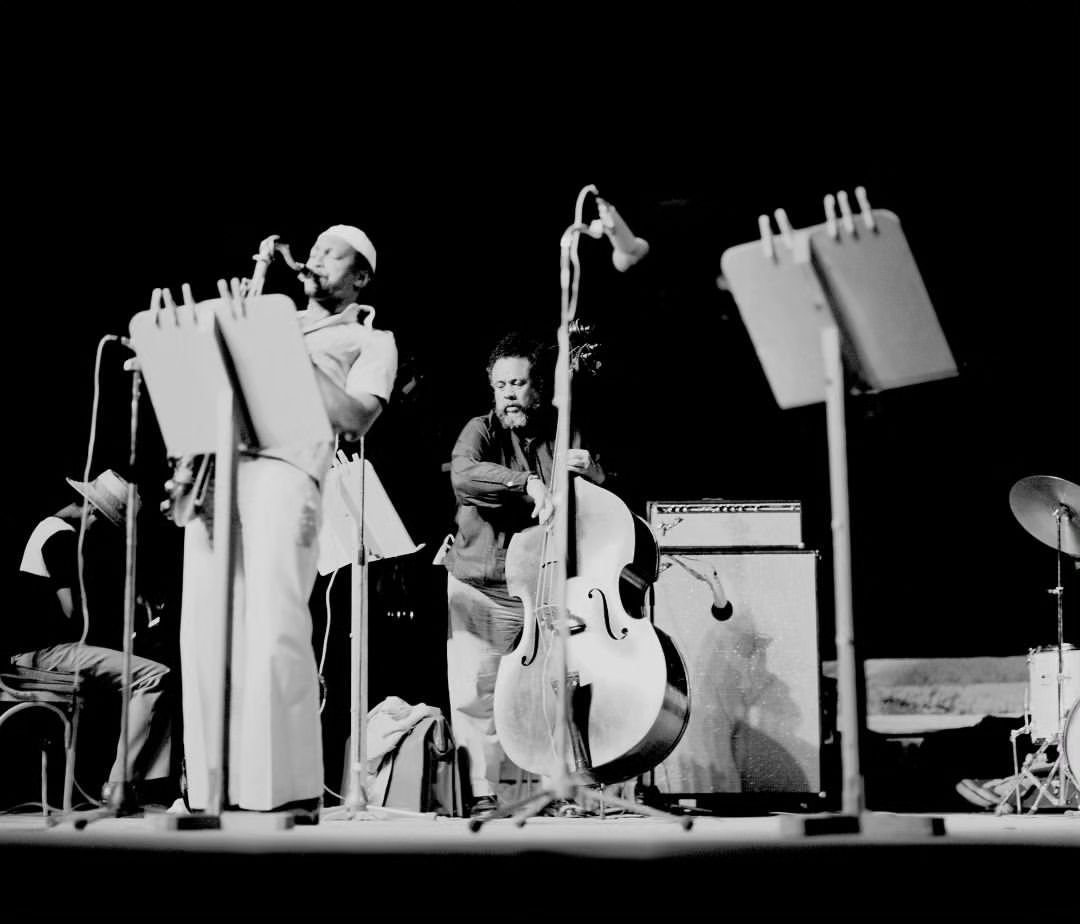Remembering Waddah Faris
Words by Mysa Kafil-Hussain
Waddah Faris – a prominent designer, writer, gallerist, artist and photographer, most active between the 1960s-1980s – passed away recently in Barcelona, his home for several decades.
Waddah Faris
Born in Syria in 1940 to an Iraqi father and Syrian mother, Faris eventually made Beirut his adopted home where he worked for various publishing houses as a designer, and in 1964, joined the team of ‘Hiwar’, a new Arabic magazine for Arab artists, poets and intellectuals. Faris transformed ‘Hiwar’’s front cover into a billboard for up-and-coming Arab artists, including Shafic Abboud, Ibrahim al-Salahi, Ismail Fattah and many others. After Hiwar was shut down in 1966, Faris joined ‘Shi’r’ magazine, founded by poet Yusuf al-Khal, and later worked for al-Nahar newspaper.
Hiwar Gallery Covers — Left: May/June Edition 1963, Right: May/June Edition 1966 — showing faris’ influence
By 1972, Faris had embedded himself within Beirut’s thriving art and culture scene, and founded Contact art gallery in Hamra with Cesar Nammour (who later founded MACAM) and Mireille Tabet. Contact exhibited artists including Dia al-Azzawi, Nadia Saikali, Hussain Madi and Farid Haddad, amongst others, and became a central hub for artists and art lovers in Beirut.
Various Exhibition Flyers for Contact Gallery
Meanwhile, Faris also became the designer for Baalbeck Festival’s posters and programme in 1973-74, including reproductions of Lebanese art in the programmes instead of advertising, allowing him to promote local art to audiences coming from across the world.
Baalbek Festival Programme
Faris then opened Riwaq Gallery with Syrian journalist and publisher, Riad al-Rayess, but the Lebanese Civil War prevented the gallery from ever opening to the public. Faris left Beirut, living briefly in the UK before moving to Paris in 1979 where he established Galerie Faris, bringing Arab art to the cultural capital of Europe.
Max Ernst at Beirut Souks 1969
Faris was known predominantly as a talented photographer to many people, after buying his first camera in 1969 in an effort to meet and photograph German artist Max Ernst during his visit to Lebanon. They met at Beirut’s St George Hotel, becoming Ernst & his friend’s unofficial tour guide around the country, photographing their journey and simultaneously beginning his own journey with photography.
Left to right: Huguette Caland, Dia Azzawi, Cesar Nammour, Ismail Fatah, Paul Guiragossian, Aref El Rayess, Saloua Raouda Choucair, Shafic Abboud
During the following years in Beirut, Faris photographed prominent artists, writers and intellectuals such as Aref El Rayess, Amine El Bacha, Paul Guiragossian, Saloua Raouda Choucair, Ghassan Tueni, Onsi el-Hajj, Huguette Caland, Mona Hatoum, Faeq Hassan, and many, many more.
He also photographed some of Baalbeck Festival’s most prolific performances, including Charles Mingus in 1974, and also documented Baalbeck’s famous Palymra Hotel, as well as Beirut’s Horseshoe Café and Masrah Beirut. Through Faris’ lens, he captured Lebanon’s art and culture scene and all its main players at its peak.
Baalbek Festival — Left: Rehearsal time in Baalbeck, 1974, Right: Charlie Mingus (center) and George Adams (left), performing at the Bacchus Temple, Baalbek, 1974
In recent years, Faris had a solo exhibition of his photography at Saleh Barakat Gallery in Beirut in 2017, with a film made by his son following his father around the city in the lead up to his exhibition. In 2021, Faris was interviewed for afikra’s conversation series, speaking to a captive audience about his life’s colourful and creative journey as one of the Arab world’s foremost cultural figures.
Photos courtesy @waddahfarisphotography and Azzawi Archive London






















